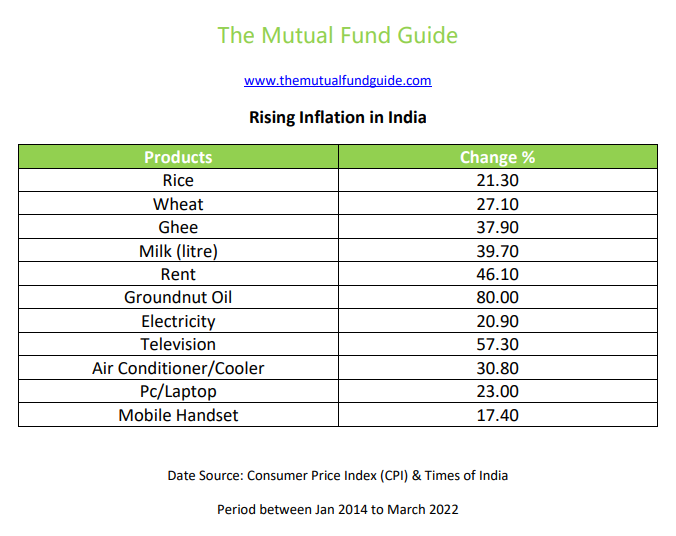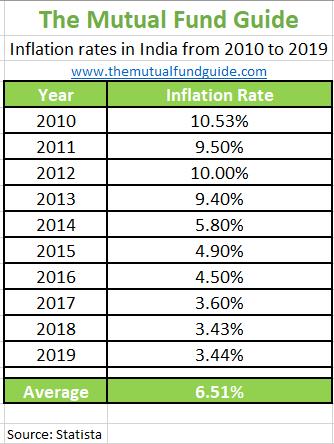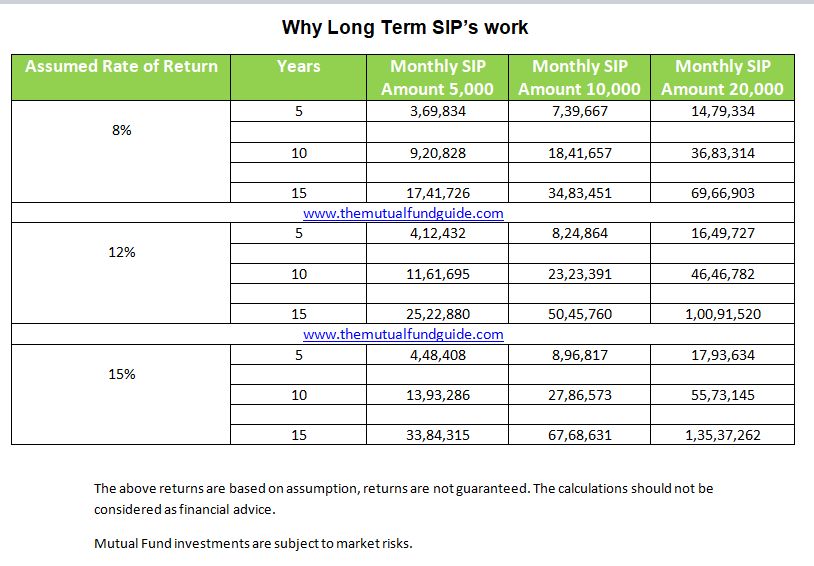Inflation is the sustained increase in prices of goods &
services which in turn reduces your purchasing power since the value of your
money also erodes.
Inflation is not always perceived negatively, a moderate
level of inflation is a sign of a healthy economy since it encourages you to
spend & invest rather than let your hard earned money lose value by letting
it lying around.
Inflation is not about today, tomorrow or the year after but about its effects over a period of time which can only be described as destructive. It increases the cost of living thereby effectively also reducing your purchasing power.
What causes Inflation?
Inflation could be caused by temporary actions or permanent
ones, man-made actions or natural consequences. There’s no one specific reason
as such.
Inflation is seen to be on the higher side for
under-developed & developing economies & on the lower side for
developed economies.
Economic development leads to higher employment leading to more
circulation of money which in turn leads to increase in prices.
Shortage of grapes or for that matter any fruit due to
insufficient rainfall during a particular year will lead to their shortfall which
in turn will lead to higher prices.
Poor economic policies like the one Germany undertook in the
1920’s or Venezuela in the early years of this century are prime examples.
Inflation is taxation without legislation – Milton Friedman
Fixed Deposits & Savings
Suppose you have 10000 Rs in a Fixed Deposit fetching you 5%
interest rate, after a year you will have 10,500. Now let’s say rate of running
inflation is 7%, that would mean you need 10,700 to stay just on par. Forget
about growing under such circumstances.
Even though you believe you have gained 500 but in reality
you have lost 200 since your money could not keep up with the inflation
rate.
Your hard earned money loses value which in turn reduces
your purchasing power, the gap between your money and the inflation rate keeps
on widening.
This is the case with a savings account too.
This is not meant to discourage you from savings at all but
rather set straight the ‘belief’ that you are ‘investing’ in a fixed deposit.
You do not ‘invest’ in a fixed deposit, you save in a fixed deposit therefore
you cannot plan your long term goals using fixed deposits.
A fixed deposit and a savings account should be your primary
source of emergency fund which should be added to from time to time in order to
keep up with rising inflation. The point of an emergency fund is not returns
but rather easy accessibility and suitability for short term durations.
The road to hell is paved with good intentions so do not
fall into the trap of justifying poor actions by good intentions.
Small Savings Fixed Income Products
Small savings fixed income products include
- Small Savings Certificate
- National Pension Scheme
- Sukanya Samriddhi Account
- PPF etc.
Even though these are fixed income products, they are prone
to periodic rate changes.
The rates more or less hover around the inflation mark
therefore they cannot generate inflation beating returns on a consistent basis
in the long run.
These products can be used to a certain extent for long term
goals and be a part of an investment portfolio but cannot and should not be the
sole source.
They have a longer lock in period and thereby are also less
liquid.
Why Equity Mutual Funds?
Equity mutual funds have the ability to beat inflation in
the long run.
Returns
Equity mutual funds fetch a high real rate of returns
compared to other traditional savings & investment options.
This means it not only keeps pace with inflation but also is
able to beat it in the long run.
Even though the returns can be volatile in the short term,
in the long run it more than makes up for its volatility.
Equity is risky but inflation is riskier, choose your risk wisely.
Taxation
An equity mutual fund is taxed 10% Long Term Capital Gains
(LTCG) on profits over and above 1 lakhs.
This tax rate will be the same for everyone irrespective of
the tax slab.
This is on the lower side compared to other traditional
savings & investment options.
Now for someone who falls in the 30% tax slab, the interest
gained on a fixed deposit and savings account will be added to the total income
and thereby taxed at 30%.
Therefore higher your income, higher your tax slab and
thereby you end up paying more taxes.
This in turn reduces your real returns.
Even though certain small savings fixed income products have
no taxes, the real returns are way lower so thereby not having to pay taxes
does not translate into real benefits.
Long Term Goals
The value of any long term goal will not be the same when
the time comes as it is today.
For example, your child’s higher education fees after 10
years is not going to be the same as it is today.
So you cannot ‘save’ as per the fees today but would need to
rather ‘invest’ as per the fees after 10 years.
This is the case with other long term goals like purchasing
a house, retirement, etc.
In the long run, your money loses value therefore it is
important that your money is invested in products that beat inflation
handsomely.
For certain goals like the higher education fees, you cannot
postpone the goal.
Availing a loan when you could have saved & invested
puts both generations in a soup.
Retirement
We are all going to retire from working someday, it’s not a
choice as such.
When you retire, you retire from working and not actually
living and as long as you are alive, there will be expenses.
Often retirement is at the bottom of financial goals and
most of the times it is not considered a life goal at all.
This could be attributed to our cultural mindset in thinking
pension would be enough or kids will always be around.
Your children are not your retirement plan and there is no
loan for the retirement goal as opposed to home loan and education loan.
According to a study by Max Insurance, 80% of urban Indians
are not ready for retirement.
The longer you delay investing towards your retirement plan,
the harder it gets.


.jpg)














